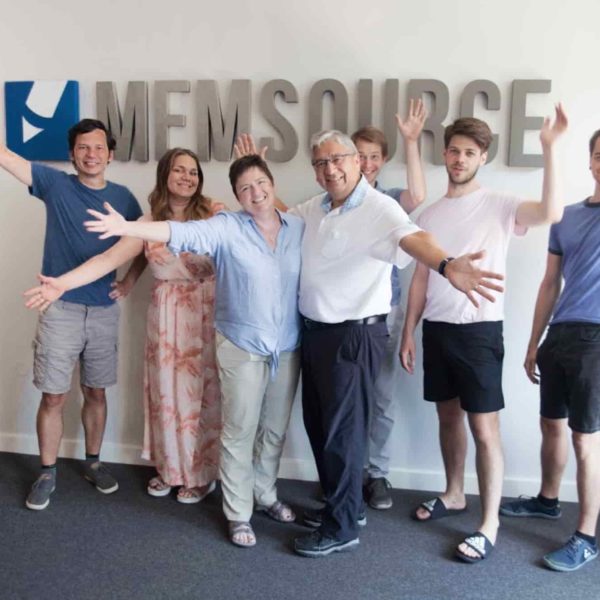4 Insider Tips to Follow Before Your Next Translation Project

Have you been tasked with finding translation services for a project at your job – but have no idea where to start?
Or maybe, you’ve been executing translation projects for years, but never completely understood the process. You throw it over the fence, so to speak, and *hope* you get the best price and best quality in return.
Don’t worry – this blog is here to help!
Whether you use translation services on a daily basis or every once in a while, following these tips will maximize your projects’ success while increasing your bottom line.
1. Always take advantage of Translation Memory discounts.
What is Translation Memory?
Translation memory (TM) is an advanced database that stores all your organization’s already-translated content.
When you submit a new translation project, the database runs it against all the TM stored for your company and searches for matching segments of words between them.
“Perfect” to “Fuzzy” matches found by the database are segments you do not pay full price for— which can add up to considerable savings for your organization.
Plus, savings compound over time as you submit more translation projects and build your organization’s unique TM!
Some Language Services Providers (LSPs) use TM databases, some don’t.
Ask your current LSP about your TM database and discounts—or if you’re shopping around—put translation memory discounts on your list of topics to discuss with potential LSPs.
2. Provide original, editable files to save money, and time!
Did you know: if you provide the original, text-editable documents for your project, you will both pay less and save time?
Yes! It’s true… But why?
Because providing NON-editable files, like PDFs, scans, and images requires extra steps in the quoting and delivery process.
Non-editable files must go through a process called Optical Character Recognition (OCR) to pull text out of the file for translation. Unfortunately, this also means losing most of the formatting found in the original documents.
Files then must be recreated with Desktop Publishing (DTP) in order to match the original format of the documents – adding DTP service fees to the quote.
The lesson here: Always provide original, editable files when submitting translation projects.
It is much faster to get a quote, and, you’ll save money by avoiding steep DTP service fees.
3. Know the essential steps that result in quality translation.
Professional, quality translation does not happen in one step – and anyone telling you otherwise is doing you a disservice.
Though the steps in the translation process can vary depending on your needs, there are basic steps that are pretty much universal in the language services industry:
- Document preparation
- Translation
- Linguistic review by AT LEAST 2 translators
- DTP services (document & file formatting)
- Quality assurance check & delivery
- Client review
Knowing, and understanding, the basic steps of translation puts the power in your hands when discussing a project with a new or current LSP.
Don’t hesitate to ask detailed questions about any steps for which you need clarification.
An experienced LSP will be happy to answer your questions in detail and provide recommendations based on your project’s requirements.
4. Cheap translation = cheap quality.
How much quality are you willing to give up when it comes to price?
This is an essential question when it comes to weighing your options among multiple quotes from LSPs.
Though it can be tempting to go with the cheapest option, the quality of your translation will certainly suffer if you do.
Why?
Because of the Scope Triangle (aka Quality Triangle) – a well-known concept in project management illustrating the relationship and trade-offs between the 3 primary forces in a project: Time, Cost, and Quality.
When one force is fixed (usually time), the other 2 forces will vary in inverse proportion to each other.
For a translation project this basically means—if you want cheap translation, you will get cheap quality in return, because it is impossible to produce great quality if the cost is too low.
Now, if quality is not important to you, then by all means, buy cheap!
But for the vast majority of us who value quality results, understand you do get what you pay for.
As you weigh the options between multiple quotes ask the LSPs what their quality assurance process looks like, and again, never hesitate to ask questions to make a better-informed decision.
Have questions?
Don’t hesitate to contact us here at Teneo Linguistics Company.
Click here!






